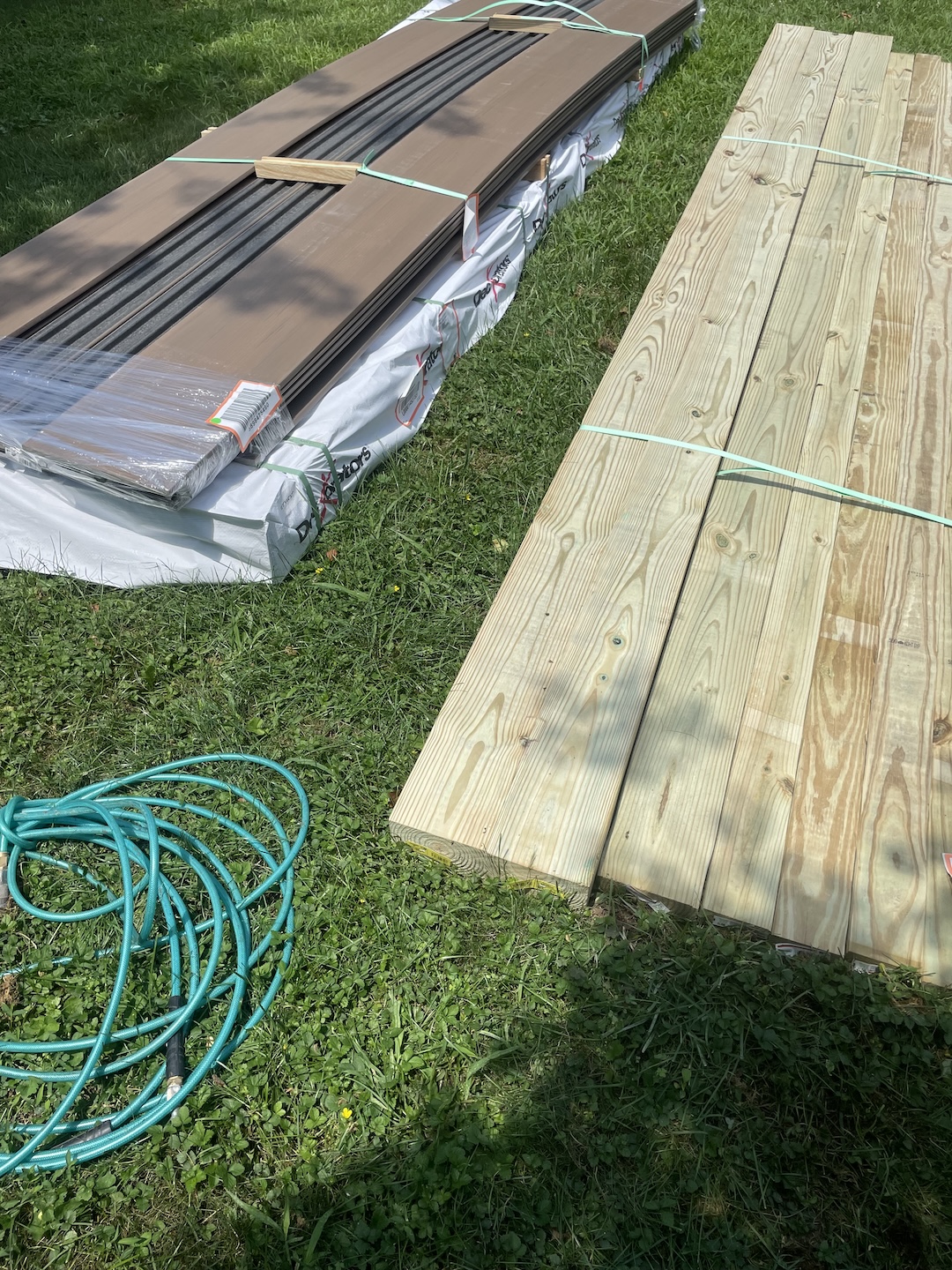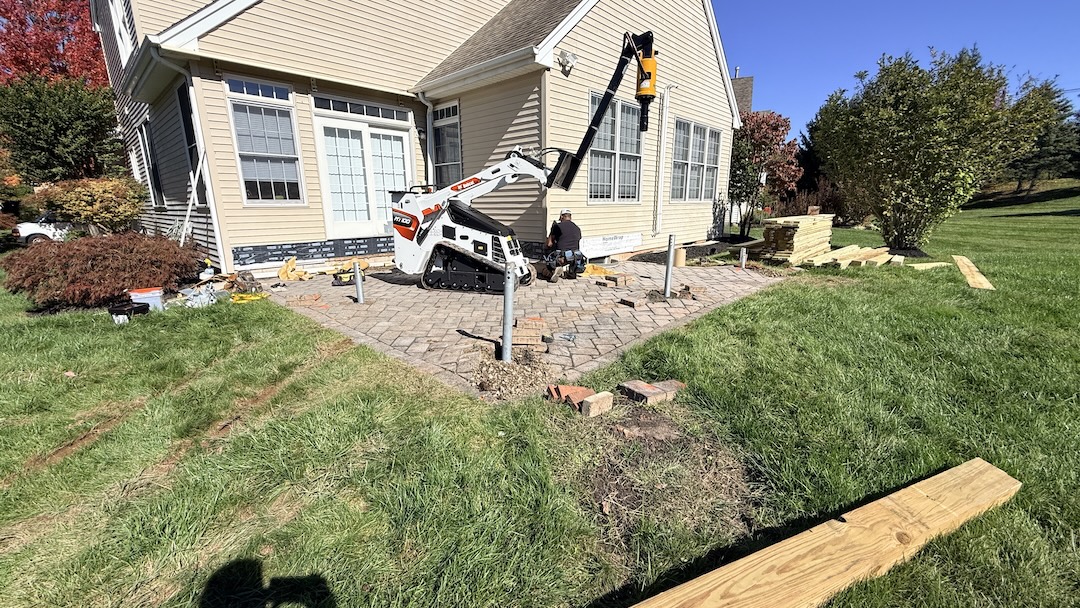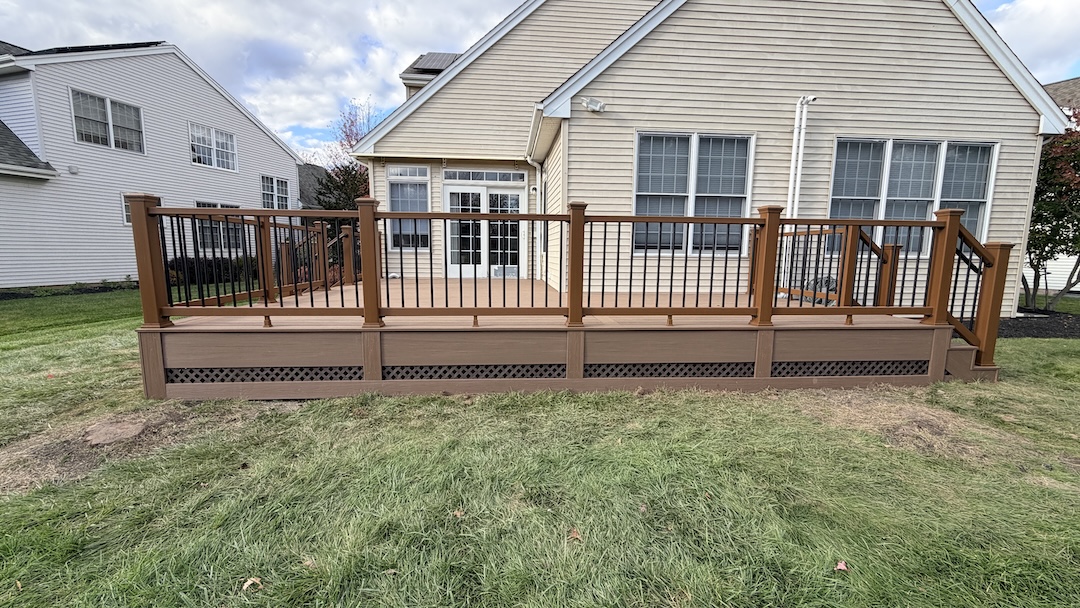How to Build a Deck Step-by-Step for Beginners
Learn how to build a deck step-by-step for beginners. From planning and permits to railings and finish—DIY your dream outdoor living space with confidence.
_Resized_20251017_152124%20(1).jpeg)
Why a Deck Is the Ultimate Home Upgrade
A deck isn’t just another structure—it’s an extension of your lifestyle. Whether it becomes your morning coffee nook, your Friday night hangout, or your plant-filled sanctuary, a well-built deck transforms the way you live at home. But for beginners, the idea of building one can feel intimidating. We’re here to change that.
This guide walks you through every major phase of deck construction. Whether you’re going fully DIY or preparing to partner with a pro, you’ll gain the knowledge to make confident, informed decisions every step of the way.

Step 1: Dream It — Plan Your Deck Vision
Before a single board is purchased, you need a plan:
• What’s the primary function of your deck? (Lounging, dining, hot tub?)
• Will it be ground-level, elevated, or multi-tiered?
• Will it attach to the house or stand alone?
• What is your realistic budget?
Use graph paper or digital design tools to sketch a layout. Factor in traffic flow, sun direction, and sightlines. Place doors, stairs, and furniture digitally first.
What We Love: Starting with a plan that fits your lifestyle, not just your square footage.
Step 2: Prep It — Permits, Codes & Materials

Permits & Zoning
• Research local codes and HOA rules
• Determine setbacks and height restrictions
• Submit applications for permits before breaking ground
Materials
• Pressure-treated lumber for framing
• Composite or PVC for surface durability
• Stainless or coated fasteners to prevent corrosion
What We Love: Choosing long-term materials that require less upkeep year after year.
Step 3: Mark It — Layout & Foundation
Define the exact shape of your deck with string lines and batter boards.
• Use the 3-4-5 rule to square corners
• Mark post locations with spray paint
• Ensure clearance for plants, walkways, and utilities
Pro Touch: Place the deck near existing utilities if planning lighting, audio, or a grill station.
Step 4: Set It — Posts, Footings & Anchoring

Footings go below frost line and support vertical posts:
• Concrete piers (common)
• Deck blocks (for low-level builds)
• Helical piers (great for poor soil)
Set posts with a level and brace while concrete sets. All posts should sit at equal height before framing begins.
What We Love: Laser leveling for perfect post alignment across the deck.
Step 5: Frame It — Joists, Beams & Blocking
Your deck frame is your foundation.
• Anchor beams to posts
• Space joists 12" or 16" on center
• Add blocking for stability
• Use galvanized brackets and hangers
Check alignment often. Wavy frames = wavy decking.
Pro Tip: Snap chalk lines to guide joist placement and screw alignment.
Step 6: Surface It — Deck Boards & Fastening
Lay decking perpendicular or at a diagonal for visual interest.
• Use spacers to allow for expansion
• Choose hidden fasteners for clean finish
• Use picture-frame border for a polished edge
Consider composite boards for minimal upkeep.
What We Love: A deck that looks as good as it performs, year after year.
Step 7: Finish It — Railings, Stairs & Details

Railings:
• Code-compliant for height and spacing
• Choose from aluminum, vinyl, cable, or composite
Stairs:
• Use stair calculators or kits
• Add risers for polish and safety
Extras:
• Lighting (solar or wired)
• Built-in benches or planters
• Skirting to hide framing
What We Love: Small finishing details that make your deck feel built-in, not just built.
Common Deck Building Mistakes
1. Skipping the permit process
2. Using indoor-grade fasteners
3. Forgetting drainage spacing
4. Not leveling framing
5. Cutting boards before dry-fitting
Smart Move: Read through all instructions before cutting anything—and measure twice.
FAQs
Q: When is it better to hire a professional instead of building the deck yourself?
A: If your deck is elevated, multi-level, or includes complex features like curved edges or ledger attachments to the home, it’s best to hire a licensed contractor. A pro will ensure your build meets local code, handles inspections, and lasts for years without costly repairs.
Q: What’s the best decking material for first-time builders?
A: Composite decking is ideal for beginners due to its uniform size, resistance to warping, and minimal maintenance. Pressure-treated wood is affordable, but requires sealing and precise storage before use.
Build More Than a Deck—Build a Space You Love
Deck building is an incredibly rewarding DIY project—but it doesn't have to be all-or-nothing. Maybe you build the frame and hire help for the stairs. Maybe you design the layout and let Upgryd install it with your vision in mind.
The best decks aren't just structures—they're personal outdoor experiences. If you're ready to make one your own, we're ready to help bring it to life.

_Resized_20251017_152124.jpeg)





